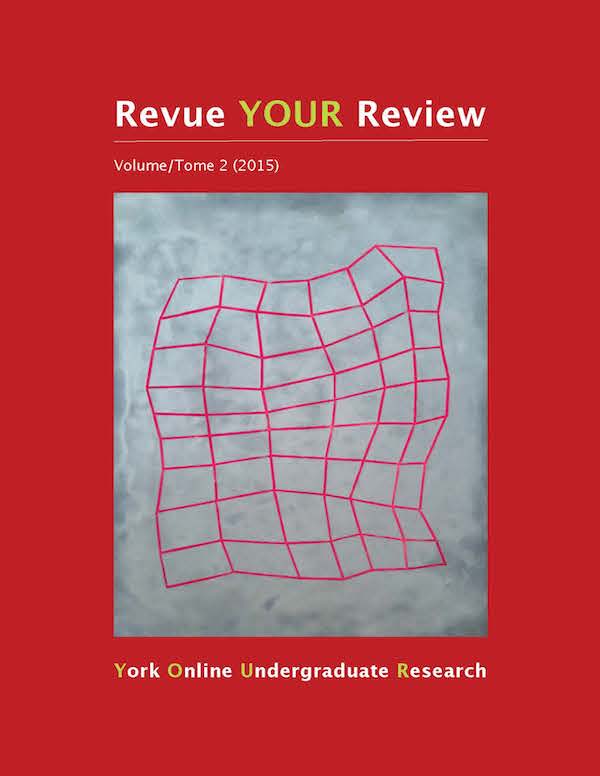St. Etienne, Auxerre: Gothic Innovation in Burgundy
Résumé
Early in the thirteenth century, the Burgundy region of France spawned a unique interpretation of the Gothic style reaching its epitome in Auxerre’s St. Etienne cathedral. The innovations at St. Etienne have been proven to have sprung from French and further-afield sources. This essay delves into the oft-neglected importance of patronage in design. The spread of ideas in medieval Europe was more effortless than we presume, and through a careful study of numerous cathedrals, churches, abbeys, and their individual features, I have speculated on the source of inspiration for Auxerre and tried to demonstrate it with precise examples. I delved into French and English sources spanning many centuries, and conducted on-site explorations in France. One of my findings questions the starting date of the cathedral’s eastern end, discovered while searching through translations of contemporary thirteenth-century chroniclers. If I am correct, and Professor Thurlby believes that I am, it broadens the inspiration sources because of the earlier start date than previously supposed. Five years is a substantial amount of time, when ideas are being adopted for building. I also speculated that the presence of the older Romanesque buildings in the region had more of an influence on Auxerre than previously surmised by the experts: Branner and Titus had pointed out the similarities existing in Canterbury Cathedral, England, and Lausanne Cathedral, Switzerland, but missed some local features, deriving from Romanesque regional designs. This helped to broaden the base for innovative thirteenth-century architects and patrons, beyond what was previously believed.
Téléchargements
Comment citer
Numéro
Rubrique
Licence
Les auteurs qui contribuent à la Revue YOUR Review acceptent de publier leurs articles selon une des trois catégories de la licence 4.0 : Creative Commons Attribution 4.0 International; Creative Commons Attribution-Pas d'Utilisation Commerciale 4.0 International; ou Creative Commons Attribution-Pas de Modification 4.0 International. Tout contenu éditorial de ce site ainsi que les affiches et les résumés sont sous la licence Creative Commons Attribution-Pas de Modification 4.0 International. Pour plus d’informations, veuillez voir :
https://creativecommons.org/licenses/
Dans tous les cas, les auteurs conservent leurs droits d’auteurs et concèdent à la Revue YOUR Review le droit de première publication. Les auteurs peuvent, par la suite, conclure d’autres accords de distribution non exclusifs de la version publiée dans ce périodique (par exemple, l’afficher à un dépôt institutionnel ou le publier dans un livre ou dans un autre périodique) à condition que la reconnaissance fasse mention de la publication originale dans la Revue YOUR Review.


